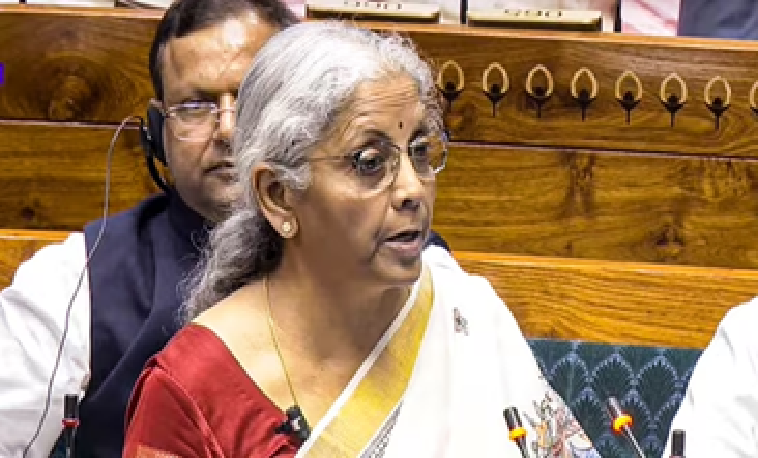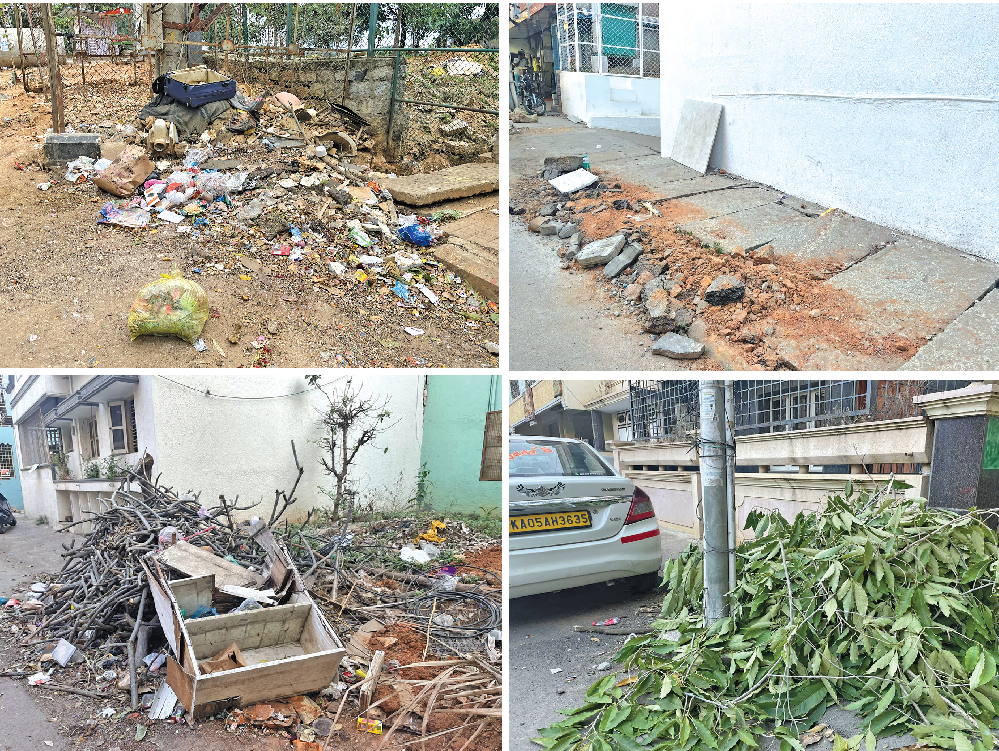
April to end Bengaluru’s nearly 4-month dry spell?
Maqsood Maniyar | NT
Bengaluru: India Meteorological Department (IMD) has issued a grim forecast for April as it predicted that Bengaluru will receive “less than normal rainfall” in the month.
The weather department acknowledged that the state capital hasn’t received any rainfall since December, which has led to an unhindered rise in temperature.
However, that dry spell may come to an end in April but the quantum of rainfall is expected to be lower than 61.7 mm, which is the average expected for the city in the month.
Notably, rainfall has been forecast for most parts of Karnataka on Friday and Saturday and a “significant drop in maximum temperatures”.
However, only “scattered rainfall” has been forecast on the occasion. It is to be noted that Bengaluru on April 6 recorded a maximum temperature of 37.6 degrees Celsius, the highest mark for April in the city in the past eight years and the third highest mark in the last 15 years.
March in the city was totally dry. Bengaluru usually receives an average of 14.1 mm of rain in the month.
An IMD scientist said that there is likely to be insufficient rainfall, which is a continuation of last year’s drought in Karnataka.
He explained that the dry spell was due to El Nino, which is the abnormal warming of the surface water in the equatorial Pacific Ocean that results in the suppression of rainfall in the northern hemisphere.
“In April, we have forecast below normal rainfall. It’ll be very much below normal. However, for May, we will come up with an update on the last day of this month (April) because we are monitoring these things very closely. We don’t give it well in advance,” the scientist said.
El Nino losing intensity
He said that El Nino continued to remain the cause for the scarcity of rainfall but added that it was losing intensity.
“There are no rains because cloudy conditions aren’t there. That’s because of El Nino. El Nino conditions continue, though it is in a moderate stage. It is likely to continue till May but afterwards, it is expected to weaken. During the start of the monsoon season (June), we will see neutral conditions,” he said.
“It (El Nino) is weakening. Last year, it was severe. The index was more than 1.5 degrees Celsius. Now, it is between 1 to 1.5 (degrees Celsius),” he added.
The scientist also forecast La Nina conditions in August or September. La Nina is the opposite of El Nino and the abnormal cooling of the surface water in the equatorial Pacific Ocean, that results in rainfall in the northern hemisphere.
He also warned that climate change was an undeniable reality, adding that its effects were being felt by the world today.
He added that “it can’t be business as usual”, calling upon nations to cut down on emissions and utilize renewable sources of energy.
 English daily published in Bengaluru & Doha
English daily published in Bengaluru & Doha






